From pv magazine International
Two India-led institutions hosted a webinar to examine the question of how to finance utility scale renewables in emerging economies.
Participants considered policy and regulatory challenges, as well as solar financing constraints, at an event organised by the Gurugram-based International Solar Alliance (ISA) alongside the Centre for Energy Finance section of Delhi-based research non-profit the Council on Energy, Environment and Water (CEEW).
Panelists at Wednesday’s event proposed financial interventions to accelerate renewables investment, emphasizing the measures necessary to attract and scale-up capital flows in developing markets.
Hurdles
Upendra Tripathy, director-general of the ISA – whose membership consists of 121 tropical nations – pointed to three obstacles to financing clean power in emerging markets which the organization is addressing: land and labor, capital and technology.
The membership body – which delivered the webinar as part of its Solar Technology and Application Resources Centers project – is mapping pockets of land suitable for large scale solar and attempting to head off land access rights issues at an early stage. Tripathy said the ISA is also establishing a community-engagement framework to avoid land-related conflicts and is attempting to train workers in solar project construction and maintenance.
Reluctance
The director-general also highlighted the reluctance of offshore investors to commit to clean power in emerging markets because of challenges such as local currency and exchange rate risks.
The organization also advocates the adoption of affordable public-domain technologies to drive solar deployment, according to Tripathy.
In the absence of fully-subsidized small scale solar applications, Tripathy pointed to the potential effectiveness of aggregating groups of clean power consumers – ideally living in close proximity – and presenting them as single investment opportunities to solar installers and investors, as a means of driving down the price of installations.
Arjun Dutt, senior analyst at the CEEW Center for Energy Finance, said solar projects in India, Indonesia and Sri Lanka suffer from varying degrees of the same hurdles to investment, with India showing the way for its Asian peers in how to deal with obstacles such as a lack of predictable development pipelines; inaccurate assessments of demand; and the inadequate scale of domestic capital available to invest, plus its associated finance costs.
Webinar participants also cited electricity transmission constraints as a hurdle to clean power roll-out in developing markets.
Potential solutions included the introduction of renewable portfolio standards, which require power generators to source a percentage of their electricity from clean generation; the establishment of centralized renewables parks, to overcome land acquisition and power transmission risks; and improving contracts to make them more bankable by adding termination provisions, sovereign guarantees, and allocation of change-in-law risks to power purchase agreements.
Appeal
Lucial Arboleya, economic and financial analyst at the International Energy Agency, called on stakeholders in the global solar industry to focus on emerging markets and developing economies and ISA advisor Kuljit Singh Popli pointed to the World Bank‘s work on improving the bankability of renewables in such markets through policy and market-related approaches. Falling solar costs, added Popli, will accelerate PV adoption but he stressed quality should remain paramount, adding: “A project is as strong as its weakest link so we have to find out the weakest links and then we have to address them.”
State bodies and banks have the power to de-risk renewables and attract investors, said World Bank senior energy specialist Surbhi Goyal.
With the webinar highlighting the crucial role emerging markets will play in the global energy transition, it was pointed out investors must be encouraged to finance clean power projects which include energy storage, as well as backing vital cross-border energy interconnectors.
Dutt wrapped up the session on a positive note, stating: “It is the spirit of cooperation and collaboration that can help us collectively address these common challenges so we can push utility scale renewables in emerging economies, and therefore advance the global energy transition.”
Authored by: Cosmas Mwirigi
This content is protected by copyright and may not be reused. If you want to cooperate with us and would like to reuse some of our content, please contact: editors@pv-magazine.com.
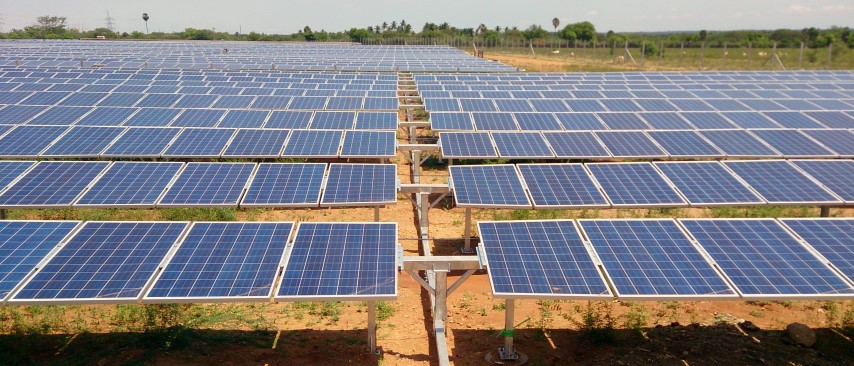
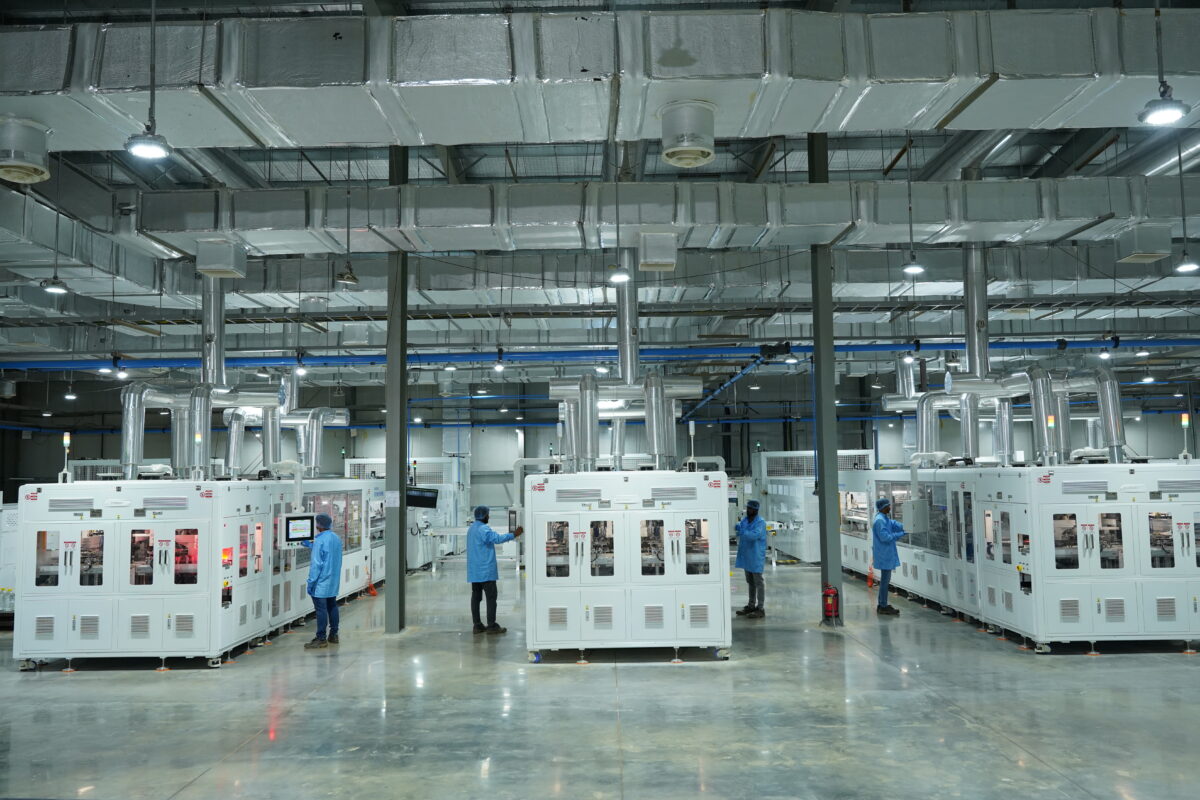

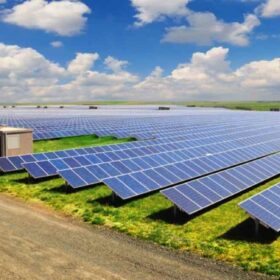

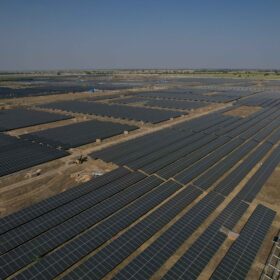
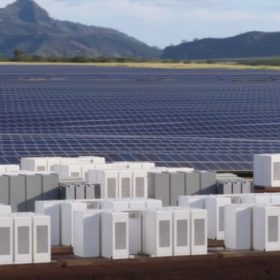

The deliberations are definitely good on an important agenda. The DG Dr Tripathi’s views on Land-Labor, Capital and Technology are highly significant. The heavy cost of financing is one of the main hurdles in developing nations to forward the growth of RE power. Added to that, the lower tariffs thru tender mode and poor quality of installations will not allow the projected output, causing disruptions in the repayment. World over the life guarantee of over 30 years is becoming a norm , whereas with poor quality of cheaper components ,even after 10 years, performance results will deter the financers. Quality control and due -diligence at each and every step is a must to tide over the financing problem to an extent.
If these Organizationz want to REALLY HAVE ZERO PLUTION BY 2050…. this “fiddlig around” with traditional financing has to be abandoned…..
The World needs $200 Trillion for a 150TW Global AgriVoltaics (AV) (the only option that can provide and much more too) System to eliminate Pollution by 2050 and Restore the Environment on Earth to Pre-Industrial Times. In addition, a similar amount would be needed tp Convert “Stuff” from Fossil to Electricity.
The existing “Financial System” will barely be able to handle the usual needs of the world PLUS the above Conversion…. and should stick with just the latter…. The Govt’s can Invest (not spend.. it is not an Expenditure) in the above System using the millions of farmers in a win-win or G2F (Govt. TO Farmer) Partnership…
Existing Financial Bodies can focus on what they do best…. finance new (Electric) Vehicles, Convert Industries, Commetcial and Residences to Electricity etc… and also the factories that will manufacture Equipment and Materials for the above $200 Trillion Global Effort to save almost 9 Million Annual Deaths and hundteds of millions of Suffering due to Pollution… asap…
EVERY DAYS DELAY RESULTS IN 25,000 AVOIDABLE DEATHS…TO POLLUTION..!!!!
I offered the government of a developing country to install a utility scale solar farm including financing for a PPA price of just the current fuel price, or about half the current electricity prize for domestic customers. The government did not even speak with me. In the same country I participated in a tender for a solar project. My prize was less than half the loan given by the World Bank to this government for this particular project. Why did the World Bank gave a loan twice as much as necessary? This is about 4 years ago and since the project was never realized.